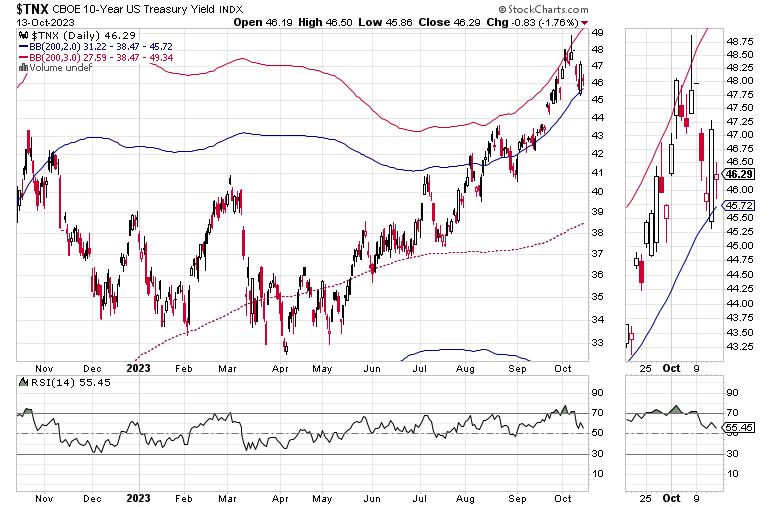The sudden sale of U.S. Treasury bonds by investors is causing shockwaves in the global markets. This has been a trend for the past few weeks as investors, both foreign and domestic, have been dumping Treasury bonds in favor of other investments. The recent sell-off has resulted in the biggest two-week decline in bond prices in over 11 years.
So, what does the decline in U.S. Treasury Bond prices mean and why is it so important? Well, U.S. Treasury bonds are widely considered to be one of the safest investments in the world. They are backed by the full faith and credit of the U.S. government, and they have traditionally been one of the safest and most reliable investments. As such, U.S. Treasury bonds provide a steady income to investors who hold them.
The decline in bond prices may indicate an overall weakening of the global economy. This is a concern because the decline in Treasury bonds may signal that global economic growth is slowing. This, in turn, could put downward pressure on stock prices, especially those of multinational companies.
The decline in Treasury bond prices has also meant that interest rates on other investments, like mortgages and corporate bonds, have gone up. This means that people and companies that need to borrow money in order to buy a car or start a business will face higher borrowing costs. Higher borrowing costs will invariably lead to higher prices of goods and services, resulting in an even weaker economy overall.
Finally, the decline in U.S. Treasury bonds could adversely impact the value of the U.S. dollar, as investors will look for other ways to diversify their investments and hedge against inflation. That, in turn, could lead to higher prices for imports, weakening the economy further.
The decline in U.S. Treasury Bond prices is cause for concern, as it could lead to an even weaker global economy. As such, it is important for investors, corporations, and individuals to pay attention to the news out of the U.S. Treasury Bond market in order to protect their investments and plan for the future. In the meantime, central banks and governments may have to intervene in order to stabilize the markets and restore economic confidence.

